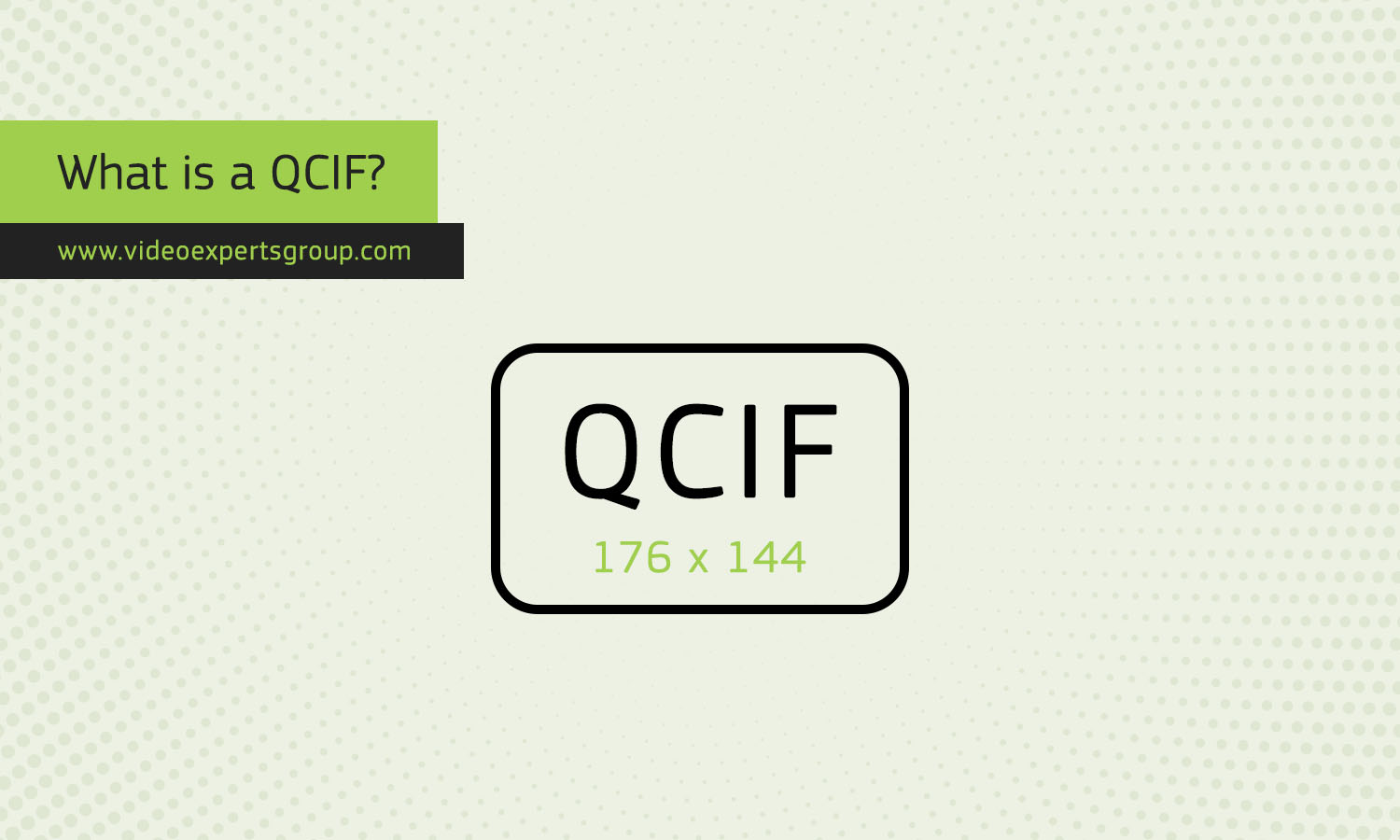QCIF, or Quarter Common Intermediate Format, is a video resolution standard used in video conferencing, video phones, and some surveillance systems. This article will explain what QCIF means and compare it with CIF, another video resolution standard.
Meaning
QCIF stands for Quarter Common Intermediate Format. It is a specific video resolution that measures 176 pixels in width and 144 pixels in height. The "quarter" in QCIF refers to the fact that it has one-quarter the resolution of the CIF (Common Intermediate Format) standard.
QCIF was designed to provide a balance between video quality and the need for lower bandwidth and storage requirements. It is often used in applications where full resolution is not necessary, such as video conferencing on low-bandwidth networks or older mobile devices.
- QCIF Resolution: 176x144 pixels (PAL)
- QCIF Resolution: 176x120 pixels (NTSC)
| Standard | Size | Pixels |
| SQCIF | 128 x 96 | 12,288 |
| QCIF | 176 x 120 | 21,120 |
| CIF | 352 x 240 | 84,480 |
| 2CIF | 720 x 240 | 168,960 |
| 4CIF | 704 x 480 | 337,920 |
| D1 | 720 x 480 | 345,600 |
| 960H | 960 x 480 | 460,800 |
| HD 720P | 1280 x 720 | 921,600 |
| HD 960P | 1280 x 960 | 1,228,800 |
| UXGA | 1600 x 1200 | 1,920,000 |
| FULL HD 1080P | 1920 x 1080 | 2,073,600 |
QCIF vs CIF
CIF, or Common Intermediate Format, is another video resolution standard. To understand QCIF better, it helps to compare it with CIF.
CIF
- Resolution: 352x288 pixels
- Quality: Higher than QCIF due to more pixels, resulting in a clearer image.
- Usage: Used in various video applications, including some security systems and video conferencing tools.
QCIF
- Resolution: 176x144 pixels
- Quality: Lower than CIF; the image is less clear and detailed.
- Usage: Suitable for applications where bandwidth and storage are limited, and high resolution is not essential.
Comparison
Resolution and Quality:
- CIF has a resolution of 352x288 pixels, which is four times the resolution of QCIF's 176x144 pixels.
- CIF provides a clearer and more detailed image compared to QCIF.
Bandwidth and Storage:
- QCIF requires less bandwidth and storage space due to its lower resolution. This makes it ideal for low-bandwidth applications, such as older mobile devices or video conferencing on slow internet connections.
- CIF requires more bandwidth and storage but provides better video quality, making it suitable for applications where higher video quality is needed.
Usage Scenarios:
- QCIF: Often used in video conferencing on low-bandwidth networks, older mobile phones, and some low-end surveillance systems where video quality is less critical.
- CIF: Used in higher quality video conferencing systems, better quality surveillance systems, and applications where better video clarity is required.
QCIF and CIF are both video resolution standards used for different purposes. QCIF, with its lower resolution, is ideal for applications where bandwidth and storage are limited, while CIF, with its higher resolution, is better suited for scenarios requiring clearer and more detailed video. Understanding the differences between these formats helps in choosing the right one for your specific video technology needs.
















